ACCUMULATED: PUT ASIDE, LEFT ASIDE
OCT – NOV, 2008
ACCUMULATED: PUT ASIDE, LEFT ASIDE
5533, Istanbul, Turkey
Artists:
Volkan Aslan | Selda Asal | Selim Birsel | Orhan Esen | Gozde Ilkin | Borga Kanturk | Yasemin Ozcan | Serkan Ozkaya | Hale Tenger
opening performance with accumulated objects: Claudio Bettinelli
Curators:
Asli Cetinkaya & Isin Önol

The term ‘accumulate’, which defines a mechanical act, bears the meanings of increasing, gathering, building up within a period of time. Perhaps its first direct association is its significance in each phase of mechanics of capitalism; accumulation of capital, accumulation of raw materials, accumulation of goods as they are displayed, accumulation of goods by the consumers, and finally accumulation of waste in the streets or landfills. İMÇ (Istanbul Dry Goods and Textiles Merchants Bazaar) where 5533 is located is a space for trade that emerged in 1954 by mobilization of accumulated capital through ‘Limited Building Cooperative of Istanbul Dry Goods and Textile Merchants Market’, which attained a considerable financial power. The main purpose was to form a new market and to have a bazaar built where the wholesalers could conglomerate. Although for many years with its 1117 stores and connected storage rooms this place served as an important centre of textile stock, it could never fully satisfy traders’ expectations. However, through this building complex the city came to experience one of the first assertive modern architectural projects. This layered and clustered structure has gone through many architectural and social transformations for its lifetime, independent from its founding project, and lately is busy testing its resilience against the pressure of a significant accumulation in real estate market.
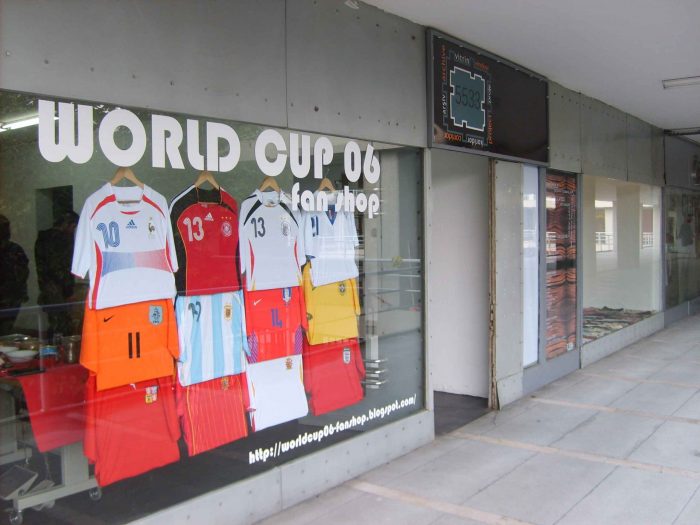
For the exhibition at 5533, a store-turned-art space where in a divided part old sewing machines still remain stacked, artists who collect within (or without) their art practices are invited to present things, which they collect or unable to discard, things which possibly could or could not transform into a work. Although it moves into a different context as it is put on display, before or during the production process where, how and for how long does the collected object, or recorded image wait? How to define the object, which already lost its original, function but is not re-contextualized yet? Do the things accumulated or things, which are kept aside, transform into work? What is it they wait for? Or could they be considered as works at present? With keeping similar questions in mind, this exhibition is interested in the state of objects or images, which are put or left aside as the artist continues his/her production.

Interest in the object and later in the objects collected is a traceable disposition in the 20th century art production and has brought about various accumulations, collections and artist museums as works of art on their own. From institutional critique to fictions produced in evidence of objects, there are many instances, which put forward the acts of collecting. Two of such projects – perhaps the first one should be called a gesture and the second one a project – in which Andy Warhol was involved in, might be suggested to have parallels with axes which delineate the approach and content of this exhibition.
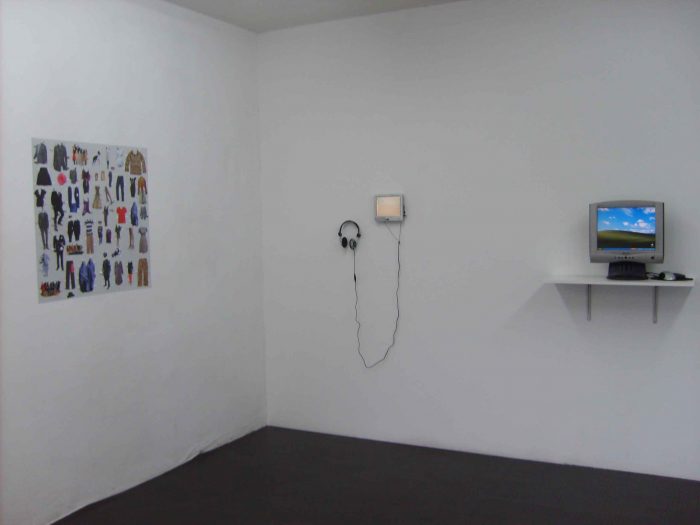
In 1969, when Warhol was invited to curate the exhibition Raid the Ice Box 1 at Rhode Island School of Design Museum, instead of selecting works one by one from the stored collection of the museum, he suggested to display everything in the way they were stacked in the storage room. According to Warhol’s curatorial disposition, there would not be a hierarchical organizing but for instance, even lesser qualitychairs, which were used by the museum as spare parts to mend the better chairs in their collection, were going to be on display. Prior to the scientific museology, for the owner of a collection ‘ minerals and exotic animals were similar enough to be put on display together’ in a cabinet of curiosities, however what could go into that cabinet have always been the most ‘curious’ ones with the highest quality. The works or objects should remain in the anonymity of the accumulation behind, until they are qualified as ready and sufficient.

As an obsessive collector, Warhol spent most of his daytime in flea markets, antique shops and auctions since 1970s. He collected various items ranging from cookie jars or crime scene photographs to art deco silverware and dental moulds. His most extensive project of collecting is Time Capsules, which he started producing in 1974. Warhol put daily correspondences, newspapers, photographs, souvenirs etc. that accumulated on his desk into cardboard boxes, gave a title or a date to each box and sealed them with tape. In this project, which ended by the artist’s death and remained unknown until then, 612 boxes were accumulated in his archive. In this act of collecting Warhol’s desire to exploit every single piece, which is connected to his grandiose artistic figure, is surely a significant mover. However, the idea of writing a diary with day-to-day documents and objects, and production of undefined objects, which are kept but not located properly within his work, are also worth noticing.
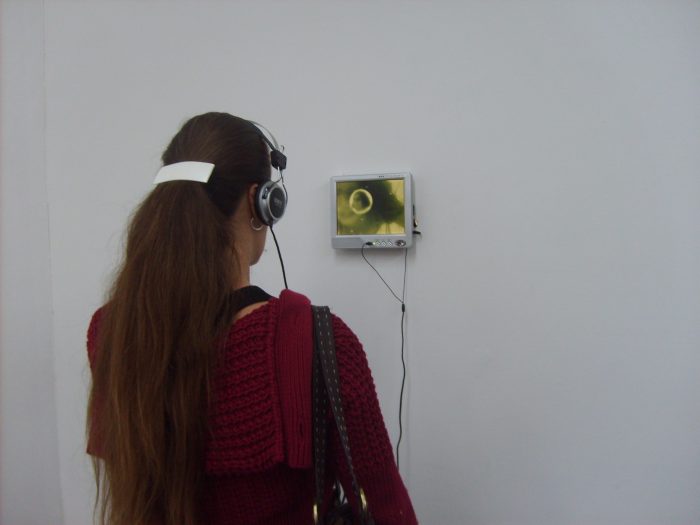
Selda Asal’s digital diaries which she started to put aside since early 2000 are video and audio compositions that are recorded during her projects and edited in forms of journals. The video in this exhibition might be regarded as a continuation of the artist’s diaries, which she rendered illegible with different forms of interventions such as her transfers onto raw paper in preceding Palimpsests works. These images, which are transformed into a subjective art form in past eight years, keep accumulating and are kept aside since they are not ready to come forward as proper works yet.
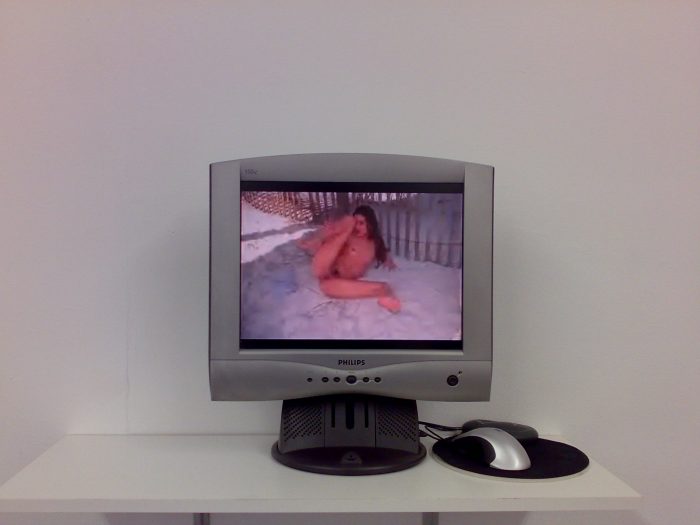
For Serkan Özkaya’s work, with its abbreviated title ‘The Big Glass’, which he produced in different places with participation of artists and later volunteered citizens, tens of thousands of filmslides were donated. Some of the donators handed over archives which they neither did know what to do with nor did want to discard. Apart from this collective project and consequent alternative museum suggestion, Özkaya has not been interested in collecting objects or visual material. Nevertheless, the pornographic images he accumulated in 2002 were saved in his computer under My Desktop / Untitled Folder. Although for many occasions he considered to reuse this folder and transform it into a work, he did not do that and could not delete it all together as well. The photographs which stood in between the trash folder and going on display, for long awaited to be transformed in that private space of the computer, are now disclosed by the artist himself reduced in size and flipped fast on a loop.
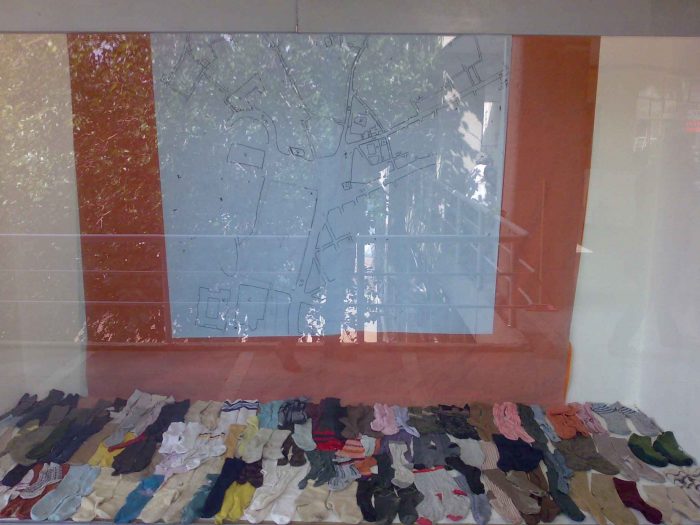
Orhan Esen is mostly known by his works on urban history and architecture and walks in the city. The socks he collected for almost thirty years are worn out in the streets during his walks and stops, which he marked one by one on a map of Taksim and its vicinity. The socks, map and the fabrics he presents with the title YORGN (might mean ‘tired’ or ‘quilt’ by addition of a letter) keep on waiting as to someday to be sawn into a quilt. Here, they stuff the shop window at 5533 and somehow render stereotypes which are associated with display windows, such as appeal, quality and taste, non-functional.

Hale Tenger’s interest in collected, accumulated objects and use of this material in forms of stacks or groups are distinctive in some of her earlier works such as ‘DevrenSatılık’ and ‘SandıkOdası’. The item exhibited here is perhaps the only object that survived Tenger’s massive clean up in her studio in 2000 and still hanging between trash and potential of transforming into a piece of work. It is an object never evolved to be ready for display hence long remained nailed on the studio wall. It is an expressive combination even without further intervention and correlates nicely with many of Tenger’s works.
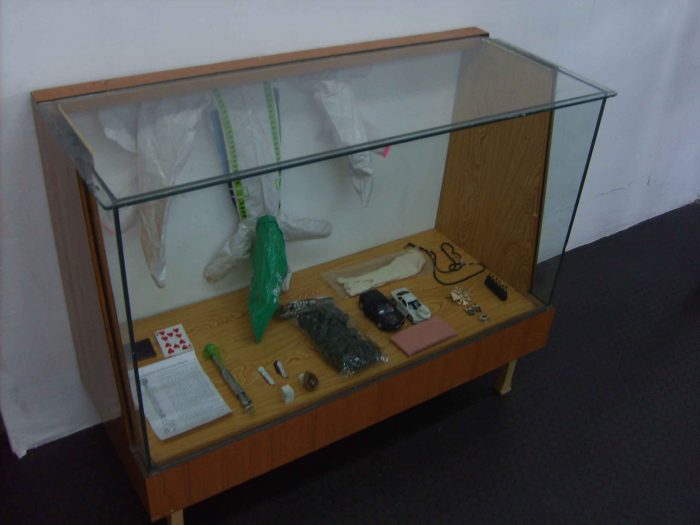
Volkan Aslan, formed a museum with the objects he accumulated in a small showcase at home. These objects, which do not mark a particular memory, are put aside in order to be employed within his artistic production when needed. However, they run their course of being an ordinary object and being part of a work of art, inside a ‘cabinet’ as it were, even transforming into an image through that showcase. The objects are included in the show with this piece of furniture they are displayed at Aslan’s studio.
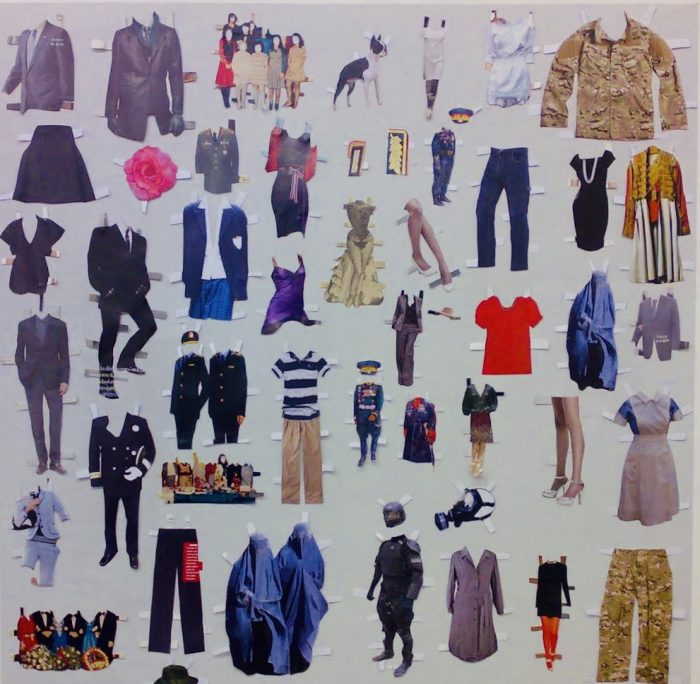
Gözde İlkin produces drawings, installations, objects and various goods using fabrics and stitches on fabrics or other materials. While creating unexpected combinations with materials and techniques of crafts, in doing this she attains such diversity by reviewing all sorts of collected texture and visual material. The cut outs from magazines and newspapers suggesting ironic-actual costumes for the amorphous bodies she designed are extracted from the accumulation that surrounds her working environment and are shown here before they evolve into a work of art.
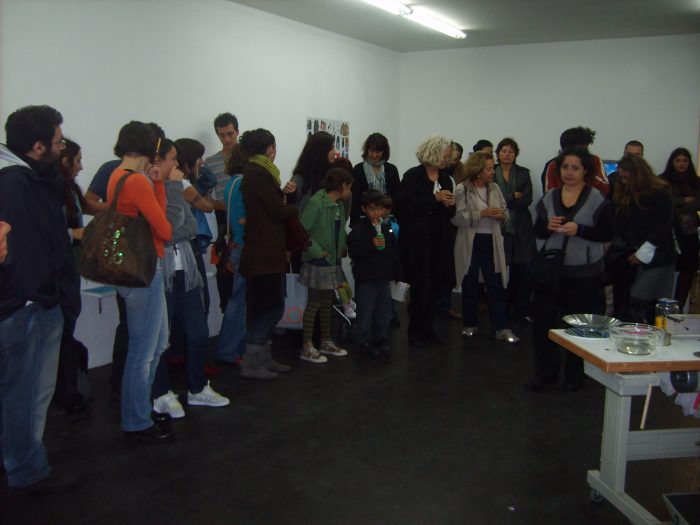
Yasemin Özcan, who for long works and records on the concept of wedding – its spaces, workers, and rituals – in 2005 has dealt with the same subject in her concise installation titled Column in a formally more symbolic manner and with references to her personal history. In this exhibition, again with an installation detail, the artist presents the documentary material she has been keeping without transforming into a clear-cut video work


Selim Birsel wanders into the cities by ‘collecting’ and gets to know the places he settles for long or short periods of time through the things he collects. Perhaps like Walter Benjamin saying ‘how many cities have revealed themselves to me in the marches I undertook in the pursuit of books?’ Besides drawing a map of idleness with the things he puts in his pocket during his drifting, these objects start to be signs of a new temporal circle. As is the case in ‘Thrown Balls’ from 2000, which grows in number with the newfound flattened balls and has its own calendar of appearing on the streets. The objects in this show, although found and collected, are related to the concept of ‘growing less’ which makes one of the important axes in Birsel’s practice. Groups or piles from the accumulations of things diminished, worn out and waiting to be transformed..

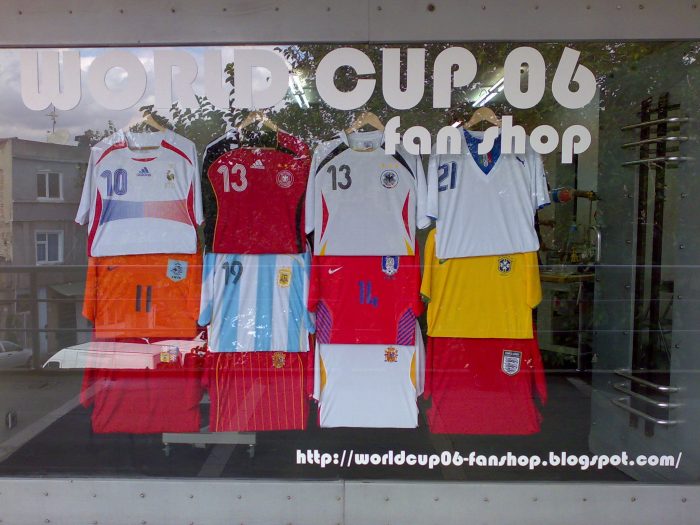
Borga Kantürk tells the stories about football that are forgotten or left out and tries to follow what overflows the larger stencils. For many years he has been collecting ‘pirated’ (fake, unlicensed, replica) football shirts. He sets up a pirate fan shop on window of 5533; all together with its website and mail order catalogue. Many football clubs and the licensed goods market lose millions and gigantic sportswear suppliers and the industry of football are ‘suffering’ from production and sale of unlicensed goods – ignored or unnoticed despite being illegal – in Turkey. The idea of branding is being shattered. According to one of the related news, which Kantürk compiled, due to the sale of replicas even before the originals are delivered to the market, ‘Bundesliga teams are shocked by the fake club shirts’. Pirate production, which in a sense defies the industry perhaps, runs its trade in connection with the wholesalers in İMÇ.
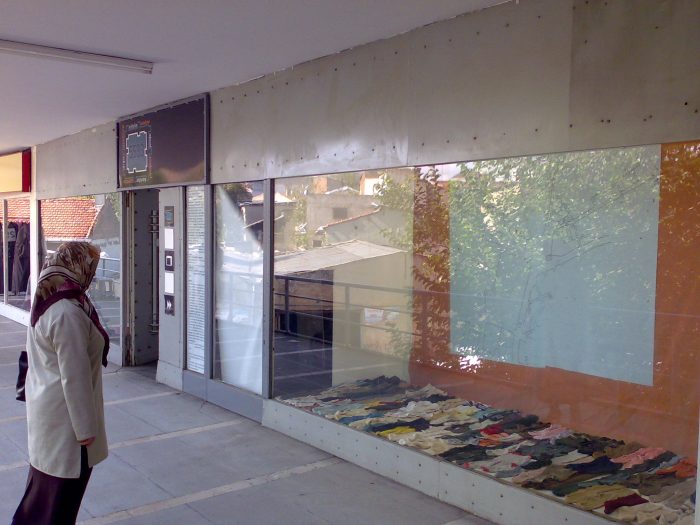
The account ‘not a collector – attentive accumulator’ suggested by Orhan Pamuk might be considered valid for most of the artists here. Such an invitation to exhibit, involved kinds of uneasiness for both parties, inviters and the invitees, as it had resemblance to pulling a thread from the introverted, unconcerned and peculiar weave of the studio or home. Materials displaced from the spots they were long placed, hang, closed, covered and filed; shaken, reviewed, shuffled, stirred and rearranged. Hence, the possibilities revised. These objects and images caught at their pendulous state, while telling a new history regarding their own course of waiting, might also be suggesting the visitors and the artists that they are already operative in different contexts.
text by Asli Cetinkaya & Isin Önol
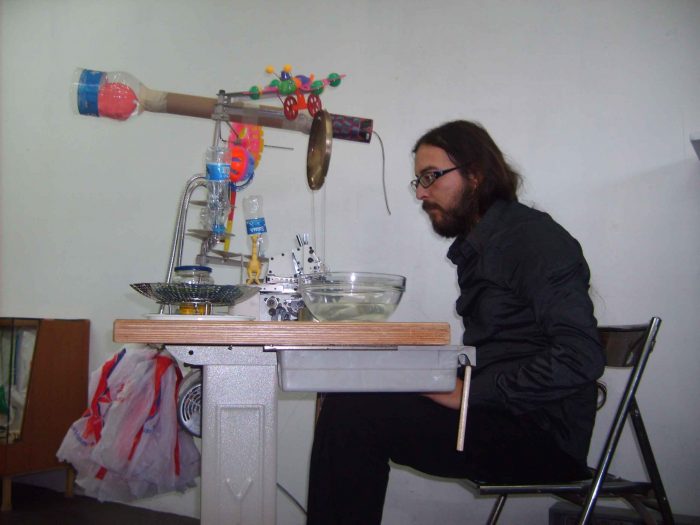




photographs by the curators
opening performance with accumulated objects: Claudio Bettinelli